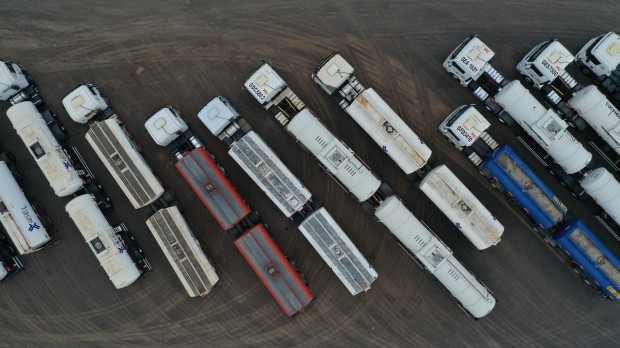The commercial vehicles (CV) market is estimated to revive in the post COVID era, with a recent growth, trends, and forecast report by Industry Research predicting a CAGR growth of over 5% between 2019 and 2024. Prior to the C19 crisis, there were clear trends that saw the CV market enjoying a 'high pace' of growth, with heavy duty commercial vehicles (i.e. heavy trucks and buses) enjoying the highest rate of success. The crisis has forced the CV industry to react with flexibility, speed, and innovation. These include a sluggish demand, the halting of specific industries (including, at the outset of C19, mining and construction), and supply problems. What are signs that the CV sales are showing a slow but sure improvement?
A Fall in Sales
As reported by TPS, the first three quarters of 2020 saw a 27.2% fall in CV sales compared to 2019. Large (Class 8) trucks enjoyed their best sales figures for this year in September, yet sales were down by 32.3% compared to the same month last year. Medium-duty sales are doing better but they are still 16.5% lower than in 2019. ACT Research shows that on the whole, signs of recovery are clear, with orders for medium and heavy-duty vehicles expected to rise for the fourth month in a row, with Class 5-8 trucks improving by 49% between August 2020 and September 2020.
Freight Delivery and Safety Boosted
Consumer habits have changed vastly since the start of C19, with many now shifting to online sales habits and purchasing more products rather than services. Improved truck safety is already becoming more of a priority for the industry as the presence of medium- and large-scale vehicles such as tippers and hookloaders on the road is a surety, especially in the pre-Christmas season. In an effort to keep 18 wheeler accident settlements at bay, manufacturers are now fitting these and smaller trucks with key safety technology to boost road safety. These include the use of new sensors (which do everything from controlling sunroofs to avoid sun-blinding, to alerting drivers of blind spots, lane limitations, and ski risks). Many trucks also contain advanced electronic braking systems, which help reduce braking distance, therefore lessening the likelihood of impact.
Patience is Key
Since the CV industry is directly linked to the economy, full recovery is unlikely in the short-term. It can take months or even a couple of years until both supply and demand are as they were in 2019, with recovery depending on factors such as increased construction activities, private economic recovery, and renewed levels of activity in industries such as mining. Patrick Manzi, NADA chief economist, predicts that there will be around 200,000 sales of medium duty vehicles and around 185,000 of heavy duty ones by the end of 2020.
As is the case with industries such as construction and mining, the CV industry suffered a hiatus it is only starting to recover from. Problems with supply, lockdowns, and other issues spurred on by C19 meant that the first three quarters of 2020 have been slower compared to 2019. Signs of recovery are clearly visible, however, with the industry ready to match the pace of key industries.
See Now: OnePlus 6: How Different Will It Be From OnePlus 5?






















